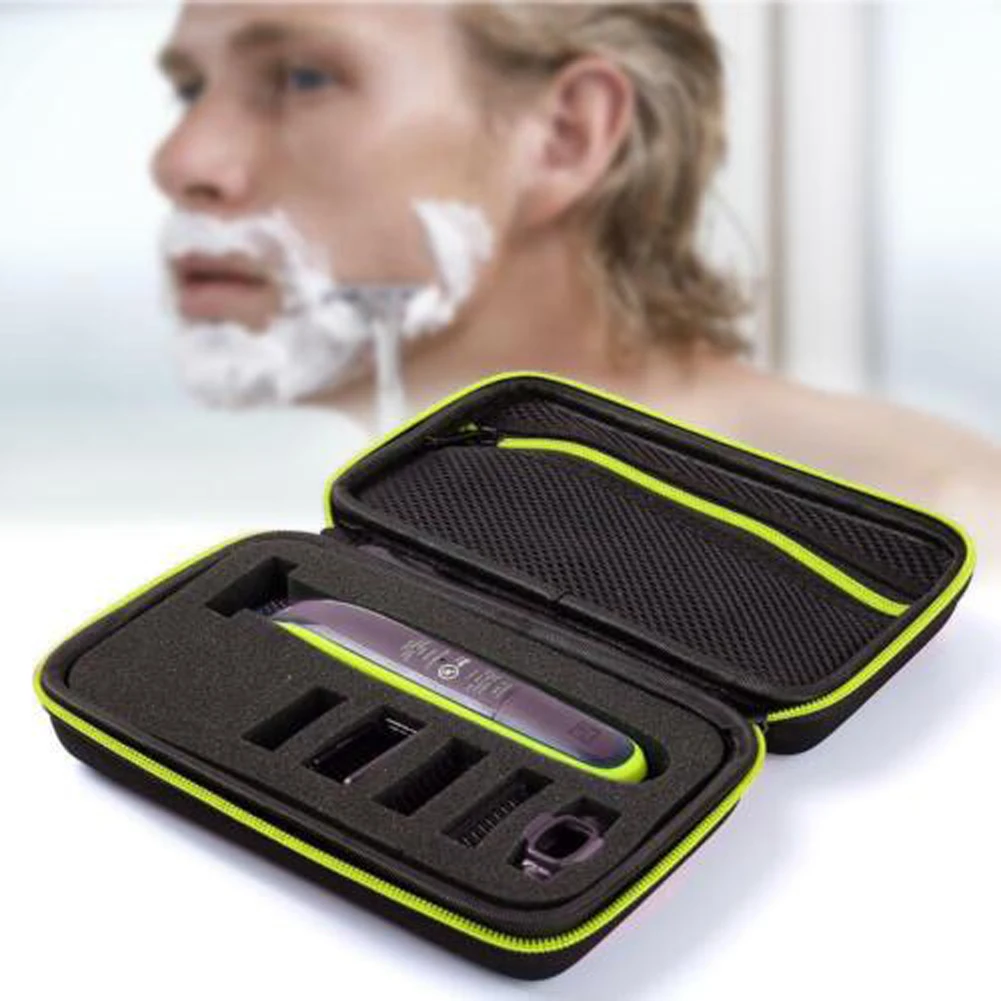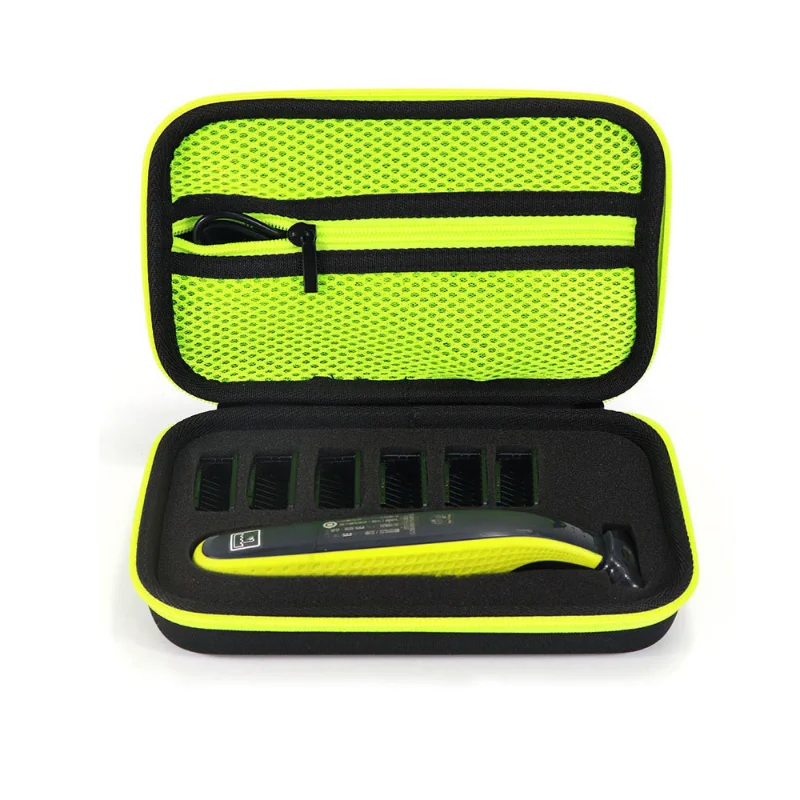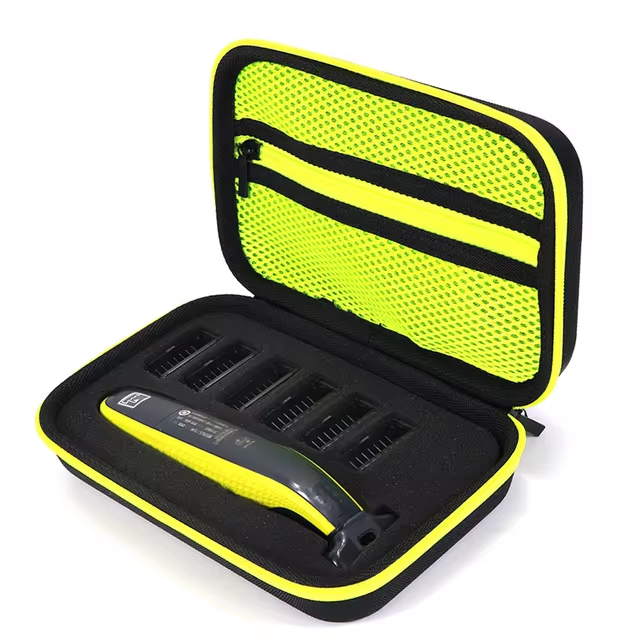Overview of Electric Shaver Regulations
Navigating the complexities of airport security can be daunting, especially when it involves items such as electric shavers. It’s crucial for travelers to understand the different rules that apply when carrying an electric shaver on a plane. Regulations may vary depending on the country and the airline, so being informed will help ensure a smooth experience at the airport.

Different Guidelines by Region: UK, USA, EU
When you plan to take an electric shaver on a plane, keep in mind that guidelines can differ by region. In the UK, USA, and EU, electric shavers are generally allowed in both hand luggage and checked bags. Straight razors, on the other hand, are typically only permitted in checked luggage across these regions. For safety razors, the UK and EU require them to be in checked luggage, while the USA allows them in hand luggage without the blade.
In the UK, the government provides a list of luggage restrictions that travelers can check. Meanwhile, the TSA in the USA has specific rules for what is allowed in carry-on and checked luggage. Always remember to check the website of the airline you are flying with as they may have additional restrictions or allowances. The key is to double-check these regulations before you pack to avoid any issues during security screening.
Electric Shaver Allowances
Traveling with an electric shaver requires knowledge of airport security rules. Knowing what’s allowed will save you time and stress.
Carry-On vs. Checked Bags
For carry-ons, electric shavers are often allowed. It’s the same for checked luggage.
Directly pack your shaver in your carry-on or checked bag. Both are typically acceptable.
Remember, guidelines can differ by airline. Always check your carrier’s rules ahead of time.
Guidelines for Electric, Straight, and Safety Razors
Electric razors are fine in hand luggage and checked bags. That goes for the UK, USA, and EU.
Straight razors must go in checked luggage. They’re not allowed in carry-ons due to their blades.
Safety razors can be in hand luggage if bladeless in the USA; otherwise, pack them in checked bags.
For electric shaver peace of mind, verify the latest rules before you fly. Your destination might have specific requirements, so stay updated.
Battery Considerations for Airlines
When packing for your trip, it’s vital to consider airline policies on batteries. Safe travel with gadgets demands knowledge of what batteries you can take onboard. Let’s explore the types of batteries airlines allow and best practices for packing them.
Types of Batteries Allowed
Most common batteries for everyday devices are fine for air travel. These include:
- AA, AAA, C, D, and 9-volt batteries.
- Button cells found in small electronics.
- Rechargeable nickel-metal hydride (NiMH) and nickel-cadmium (NiCad) batteries.
Larger lithium-ion batteries, if within airline-defined limits, are usually permitted in carry-ons. You can even bring up to two spare larger lithium-ion batteries. However, wet cell batteries or spillable car batteries are a no-go for both carry-on and checked baggage.
Guidelines for Packing Batteries in Carry-On and Checked Luggage
When it comes to carry-on, pack batteries properly to prevent short circuits. Each battery should be in its retail packaging or have its terminals covered. If possible, carry all batteries in your hand luggage. Here, crew members can manage them better in case of an issue.
Remember, spare lithium batteries are only for carry-on bags. For checked luggage, most batteries allowed in carry-ons are also permitted, but pack them in carry-on when possible.
Portable chargers and power banks, essentials for many travelers, must also travel in hand luggage. Just like spare lithium batteries, they are not allowed in checked bags. Adherence to these guidelines can make your journey through security a breeze, keeping you and your electric shaver powered up for a well-groomed arrival.
 Tips for Traveling with Electric Shavers
Tips for Traveling with Electric Shavers
When preparing for a flight, packing your electric shaver properly ensures a smooth passage through airport security. Here are must-know tips for travelers.
Best Practices for Packing Shavers
To prevent damage to your electric shaver, follow these recommendations:
- Use a protective case: A travel case guards against bumps and drops.
- Remove batteries: If possible, take out batteries to stop power drainage or accidental activation.
- Clean your shaver: Wipe away hairs and lotion to maintain cleanliness.
- Check the blades: Ensure they’re secure to avoid losses or damage inside your luggage.
These practices not only protect your shaver but also help with efficient security checks.
Essentials for International Travel
Traveling with an electric shaver overseas requires extra foresight. Consider these essentials:
- Know the power specs: Ensure your shaver is compatible with international voltage ranges.
- Carry a plug adapter: Different countries have various outlet types; an adapter keeps your shaver functional.
- Declare if necessary: Always declare your shaver at customs if required by the destination country.
- Check for spare parts: Bring extra blades or a charging cable in case replacements are not available locally.
By preparing in advance, you can use your electric shaver abroad without a hitch. Travel wisely to enjoy a clean shave, wherever you go.
Dealing with Makeup, Shampoo, and Deodorant
Navigating airport security with personal care items requires a careful packing strategy. Items like makeup, shampoo, and deodorant often raise questions about what is allowable. Here we’ll discuss the guidelines for both liquid and solid forms, and provide information on quantity and container specifications.
Guidelines for Liquid and Solid Forms
Carrying makeup in your travel bag is common, but certain rules apply, especially for liquids. If you pack liquid makeup, each container must be 3.4 ounces or less. Solid makeup forms, such as powder or sticks, do not have such restrictions. Similarly, for shampoo and deodorant, the same size limit applies for liquids and gels in carry-on luggage.
In terms of shampoo and deodorant, solids like shampoo bars and stick deodorants offer ease of travel without worrying about limits. Always package these items in clear, sealable bags for quick display at security checks.
Quantity and Container Specifications
You can bring multiple items, but they need to fit in one quart-sized, transparent, zip-top bag. This single bag rule applies per passenger. Keep all travel-sized liquid containers in this bag.
For checked luggage, larger quantities and sizes are permissible. However, even with checked items, it’s wise to store them in watertight containers to avoid any leaks damaging your belongings.
By understanding these specifications, travelers can ensure their essential personal care items will make it through security without issues. Remember, can you carry an electric shaver on a plane, or any other liquid, always double-check the latest airport security regulations. This precaution helps avoid any inconveniences during your travel.
 Understanding Additional Prohibited Items
Understanding Additional Prohibited Items
When it comes to air travel, not all items can fly with you. Some shaving tools are on the no-fly list. So it’s important to know what is prohibited.
An Overview of Prohibited Shaving Equipment
In addition to the regulations for electric, straight, and safety razors, there are other shaving tools that might be deemed unsafe for carry-on luggage. These include:
- Blade Razors: Traditional razors that use replaceable blades are a no-no in carry-ons.
- Box Cutters: Any sharp tools, like box cutters, are forbidden.
- Scissors: Long-bladed scissors over 4 inches are also not permitted.
Pack these items in checked luggage or leave them at home. Check the TSA’s website for a detailed list before you pack.
How to Check Specific Airline Policies
Even with general TSA guidelines, airlines can have tighter rules. Follow these steps to stay updated:
- Visit the airline’s website and search for ‘Prohibited Items’.
- Read the list of items not allowed on board.
- For any doubts, contact the airline’s customer service.
Do this check before heading to the airport. It can save you time and trouble once you’re there. Remember that rules can change, so it’s best to verify close to your travel date.


